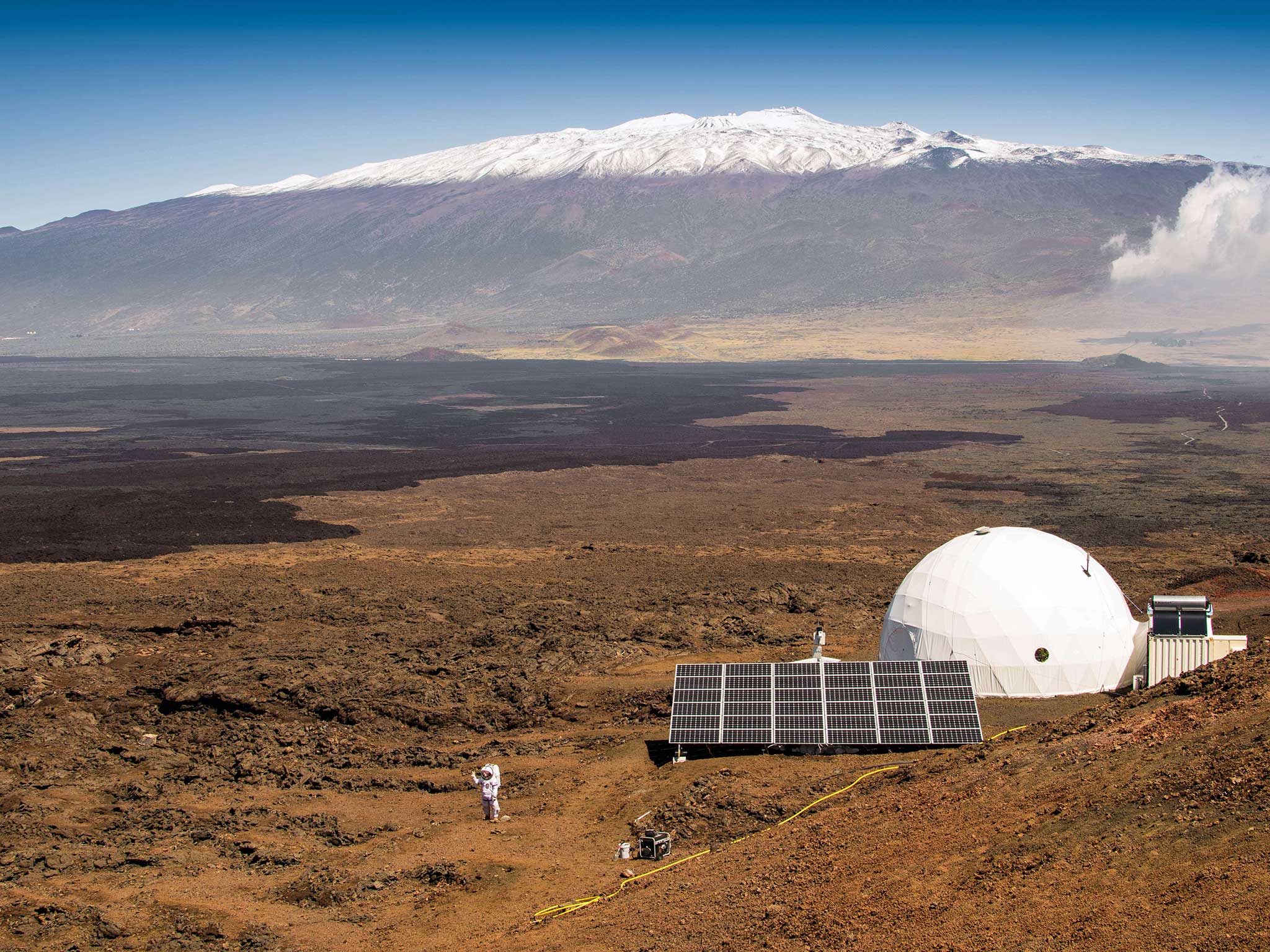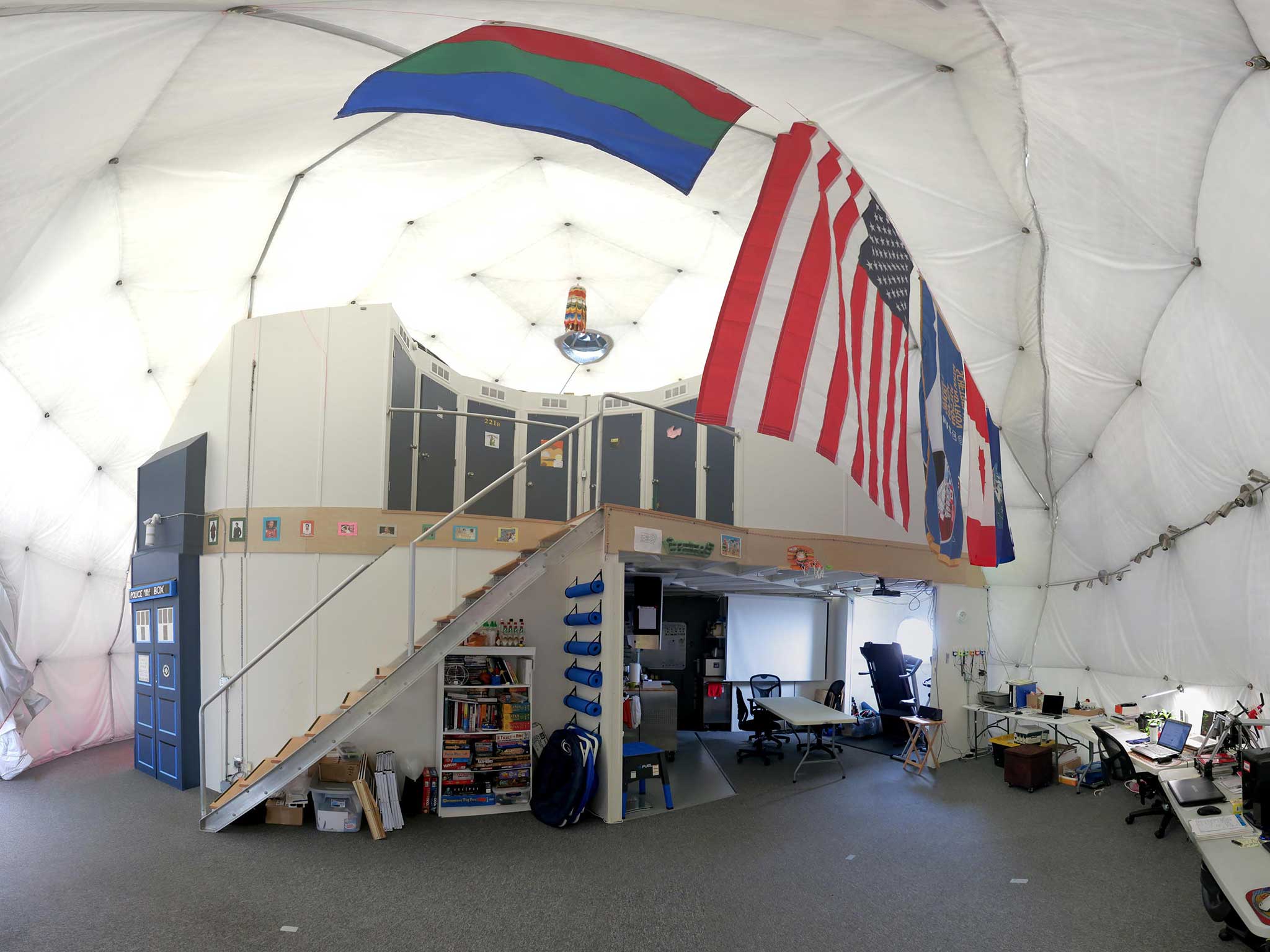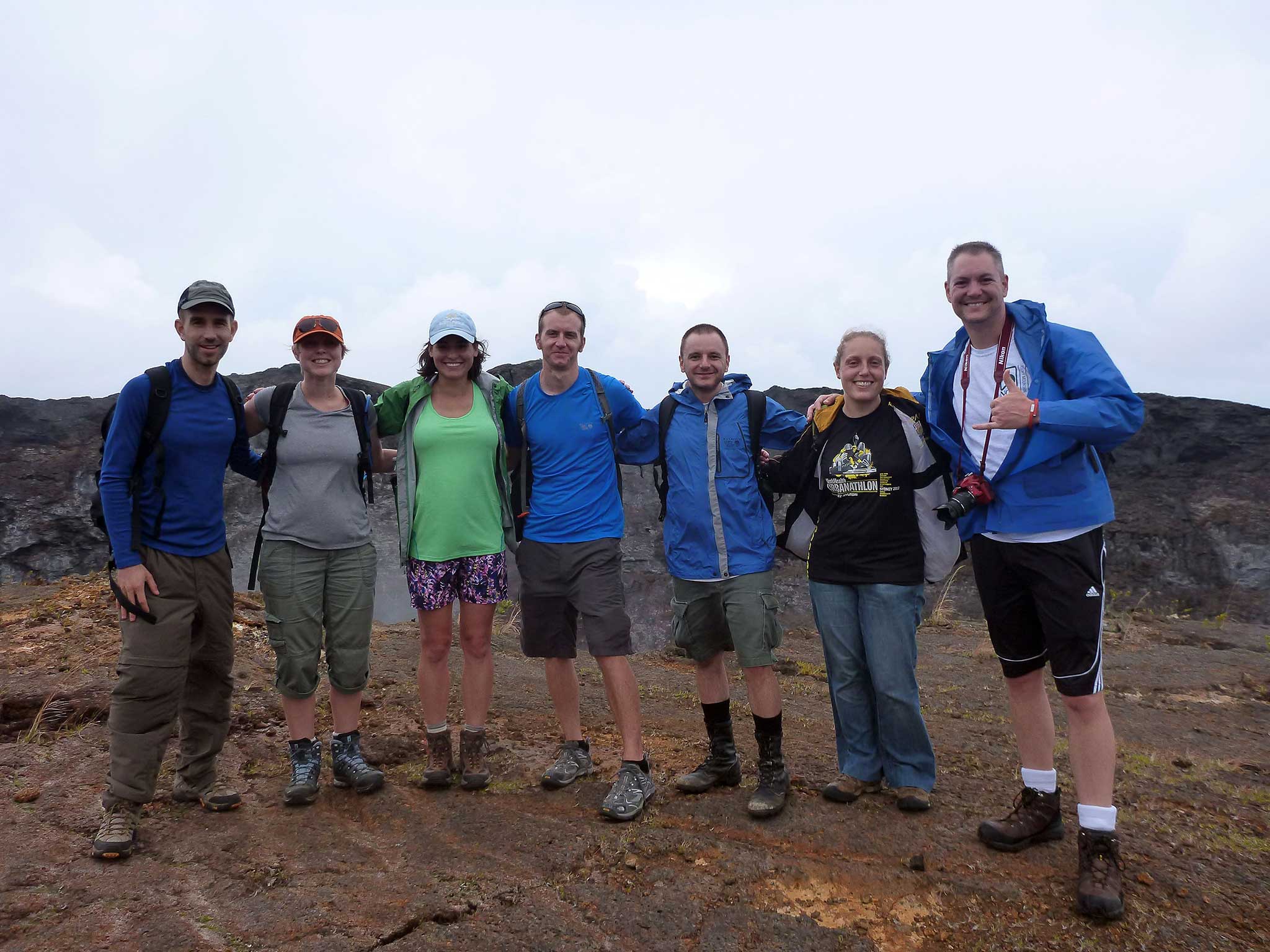Nasa team start one-year isolation experiment in dome to simulate life on Mars
6 people will have no contact for a next year after sealing themselves off on Friday

Your support helps us to tell the story
From reproductive rights to climate change to Big Tech, The Independent is on the ground when the story is developing. Whether it's investigating the financials of Elon Musk's pro-Trump PAC or producing our latest documentary, 'The A Word', which shines a light on the American women fighting for reproductive rights, we know how important it is to parse out the facts from the messaging.
At such a critical moment in US history, we need reporters on the ground. Your donation allows us to keep sending journalists to speak to both sides of the story.
The Independent is trusted by Americans across the entire political spectrum. And unlike many other quality news outlets, we choose not to lock Americans out of our reporting and analysis with paywalls. We believe quality journalism should be available to everyone, paid for by those who can afford it.
Your support makes all the difference.Six Nasa recruits have begun a year-long isolation programme in order to simulate life on Mars.
The project, which started at 3pm on Friday, will be the longest of its variety ever attempted and will place the volunteers under constant scrutiny as they attempt to co-exist on a barren volcano in Hawaii.
Volunteers, a French astrobiologist, a German physicist, and a pilot, an architect, a journalist and a soil scientist all from the US, will live under a prefabricated dome measuring 36ft wide.
They will be unable to leave the dome without a spacesuit, and will be forced to go without fresh air, food – or privacy, for an entire year.
Every move will be monitored by cameras, body movement trackers as researchers assess the group’s cohesion over time in the hope of gaining a better understanding of the effects of isolation.


"I think one of the lessons is that you really can't prevent interpersonal conflicts. It is going to happen over these long-duration missions, even with the very best people," Kim Binsted, a Nasa investigator, told the BBC.
Presently, the shifts on the International Space Station (ISS) last for six months, although the space agency has recently trialled four-month and eight-month isolation tests.
Join our commenting forum
Join thought-provoking conversations, follow other Independent readers and see their replies
Comments